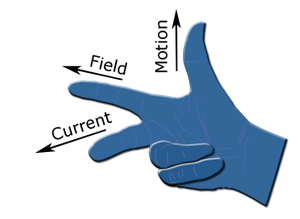Transmutation Effects observed with Heavy Hydrogen
[N.B. in other papers on this subject by Rutherford, the following footnote is included: "The names 'diplogen' for the new isotope and 'diplon' for its nucleus were suggested in the Discussion on Heavy Hydrogen at the Royal Society, December 14, 1933 (see 'Proc. Roy. Soc.' A, vol. 144 (1934))."]
We have been making some experiments in which diplons have been used to bombard preparations such as ammonium chloride (NH4Cl), ammonium sulphate ((NH4)2SO4) and orthophosphoric acid (H3PO4), in which the
hydrogen has been displaced in large part by diplogen. When these D compounds are bombarded by an intense beam of protons, no large differences are observed between them and the ordinary hydrogen compounds. When, however,
the ions of heavy hydrogen are used, there is an enormous emission of fast protons detectable even at energies of 20,000 volts. At 100,000 volts the effects are too large to be followed by our amplifier and oscillograph. The proton group has a definite range of 14.3 cm., corresponding to an energy of emission of 3 million volts. In addition to this, we have observed a short range group of singly charged particles of range about 1.6 cm., in number equal to that of the 14 cm. group. Other weak groups of particles are observed with the different preparations, but so far we have been unable to assign these definitely to primary reactions between diplons.
In addition to the two proton groups,
a large number of neutrons has been observed. The maximum energy of these neutrons appears to be about 3 million volts. Rough estimates of the number of neutrons produced suggest that
the reaction which produces them is less frequent than that which produces the protons.
While it is too early to draw definite conclusions, we are inclined to interpret the results in the following way. It seems to us suggestive that the diplon does not appear to be broken up by either a-particles or by proton bombardment for energies up to 300,000 volts. It therefore seems very unlikely that the diplon will break up merely in a much less energetic collision with another diplon.
It seems more probable that the diplons unite to form a new helium nucleus of mass 4.0272 and 2 charges.





